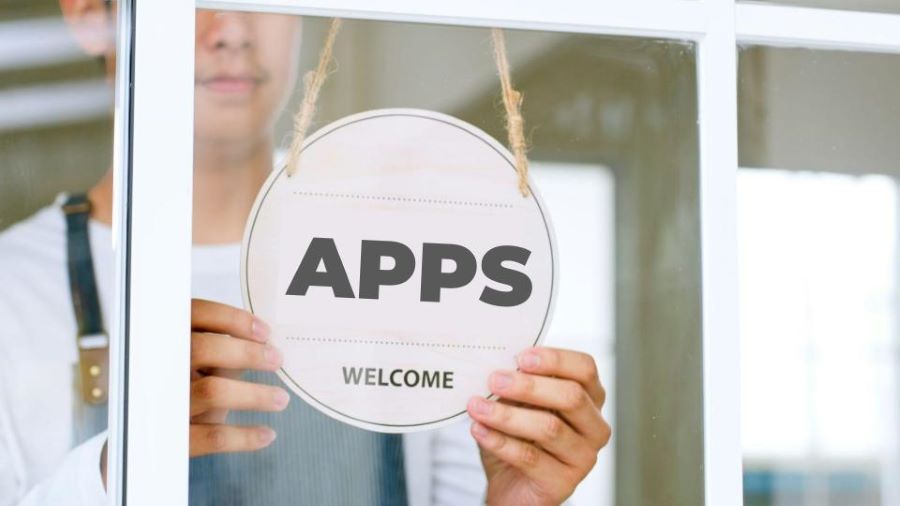With DeepSeek knocking ChatGPT off the number 1 spot in the App Store just days after its initial release, the volatility of app store rankings is clear. App Store Optimisation (ASO) continues to be a great safety net against this volatility.
But it’s a rapidly evolving skill. Staying up to date on the best ways to optimise your app in 2025 will mean changing the way you think about keyword optimisation, leaning into video previews, and (you guessed it) getting comfortable with AI. If you’re looking to make the App Store or Google Play a focus for your conversion efforts at this pivotal moment, here’s what you need to know:
1. AI as an ASO ally
One of my favourite things about getting stuck into all things ASO at AIP has been the tools I’ve had the opportunity to use. With AI powered ASO tools like AppRadar and AppsFlyer in my back pocket, I have been able to optimise app visibility for our clients by leveraging data-driven keyword research, competitor insights, and real-time trend information.
I’ve found that by keeping AI as an ally in my ASO efforts I’m able to eliminate guesswork and make more precise, effective decisions. I no longer need to sift through piles of raw data (goodbye spreadsheets!), but instead get actionable insights from the get-go. With app store rankings and algorithms changing as rapidly as they are right now, this is a no-brainer.
2. Don’t skip video
Making use of app preview videos can do wonders for your ASO visibility as they allow users to gain insight into the functionality of your app before the hit install. With app preview videos boasting higher conversion rates, improved visibility and more user engagement, they are not one to skip.
With almost 5 million apps across Google Play and the App Store, ASO is only getting more competitive. Visual assets can boost audience interaction and perceptions of your app. By using these assets to increase engagement with your app listing, you will drive up your search visibility.
3.Focus on personalisation and localisation
ASO has not avoided the personalisation trends found across every marketing channels today. Key to a stellar listing for your app is knowing what optimisations will give your audience a unique experience.
The first step here is knowing your audience. What do they want? What makes them excited? What problems would they like you to solve? Once you know your audience you can use data-driven insights, personalised onboarding and customisable settings to give them the exact in-app experience they’re after.
If your app is available in multiple countries and regions, make sure to localise your store listings. Again, this is about knowing your audience. If you can position your app as a solution to specific people’s problems in specific regions, you’re more likely to capture their attention.
4. Forget what you know about Metadata optimisation
This is really where lifelong learning comes to the forefront. The way users are discovering products is at a turning point. Users no longer use app stores first when they’re looking to find a new app. It’s becoming increasingly more common for people to use apps like ChatGPT to do their initial research, only coming to the app stores once they have a specific app in mind.
We’ve also seen new app store ecosystems and personalised recommendations change the game. The solution? Keep learning. Stay up to date on the latest changes and adjust your strategies accordingly. Know how the algorithms work, diversify your acquisition channels and test different strategies as you go.
A quick reminder:
ASO is not a one-and-done process. I’ve found it’s an exercise in experimentation, adaptation, and growth. While trends may change as quickly as the wind on a summer afternoon in Cape Town, one thing remains constant. The need to stay curious. Get comfortable with maybe not having all the answers all the time. But if you keep your cool, experiment and seek the answers out, ASO success is a just around the corner.





